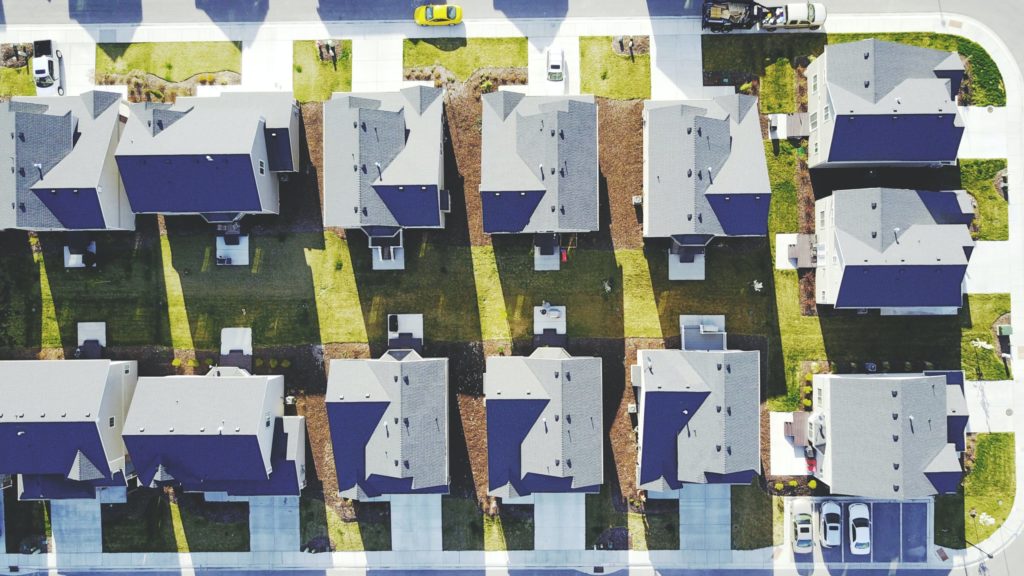The FWD #179 • 646 Words
Out of the many hardships of the COVID-19 pandemic, a small victory for racial equity.
The last three years have been paradoxes of homeownership. Prices went through the roof—but the rate of homeownership in the U.S. also increased to 65.4%. Within that increase came a small but meaningful increase in the rate of BIPOC ownership. The sharpest increase in Black, Latin American and Asian homebuying since the Great Recession occurred in 2021, as low interest rates brought the opportunity within reach of many new households.
The homeownership rate for Black households grew 0.6% from 2020 to the beginning of 2022, to a total of 45.3%, twice the increase for White households (only 0.3%). Households of color accounted for half of the total growth in homeowners between early 2016 and early 2022, and even a larger share (55%) of the increases over 2020 and 2021.
What was unique for households of color?
What can we learn from this bit of good news? The past few years were not typical on a number of levels. But something about this period provided more supportive conditions for home purchasers of color. Can we distill those circumstances and carry them forward into more typical times?
Due to stimulus-related policies such as unemployment benefit increases, eviction moratoriums and the child tax credit, millennial households in particular saw significant, one-time increases in median income in 2020 and 2021. In turn, the costs to rent in 2021 increased astronomically—by 40% on average in some markets. This environment created both push and pull factors related to the decision and ability to buy a home.
The stimulus benefits in particular allowed households of color to save additional funds for downpayment, protect or improve their credit scores, and otherwise be more prepared for homeownership. The highly competitive home buying markets of 2020 and 2021, including the increase in home prices, may have been outweighed by this increase in purchasing power found by new buyers of color.
How did this affect the racial wealth gap?
Although BIPOC homeownership did increase, the gap in overall homeownership rates between White households and households of color persists. The homeownership “gap” between Black and White households is 28.7 percentage points, the largest disparity between any two racial or ethnic groups—and the largest the gap has been since 1960, before the Fair Housing Act.
That was the height of the pandemic—what about now?
The rise in interest rates is likely to curtail any more gains by buyers of color, at least without other interventions. Habitat for Humanity explains: The 2 percentage point increase in mortgage interest rates between December 2021 and April 2022 had the same effect on mortgage costs as increasing home prices by 27%. The watch-words for the 2022 homebuying markets are: older, White and wealthy. That is the predominant demographic purchasing homes this year.
The last few years have taught us that brief but meaningful cash stimulus to millennial households can, in some circumstances, push these households into homeownership. With all of its myriad benefits, this one-time type of stimulus may make real economic sense for governments and the private sector.
If a brief, two year period of extra checks in the bank can produce new homeowners out of thin air, what could a concerted new program produce? What could a program that reduces interest rates specifically for households of color do?
Between 2010 and 2020, the US population grew by almost 23 million. BIPOC individuals accounted for all of the net increase, with the Hispanic population growing by nearly 23%, the Asian population by 36%, and the Black population by 6%. Meanwhile, the White population declined by nearly 3% over the decade. The housing market will need to address its structural racism to increase homebuying opportunities for households of color, as they are the source of potential future growth for the homeownership market.
